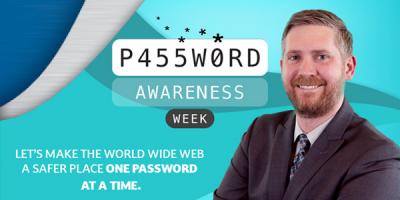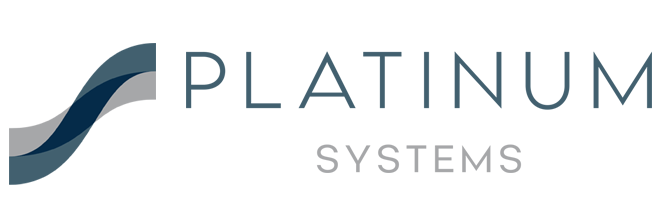
6 Password Best Practices
With the business world heavily reliant on digitalization in this day and age, the use of technology in your organization is unavoidable. Although technology can undeniably give your business an advantage in increasingly competitive markets, there are many troublesome areas to keep an eye on. This is why interest in cybersecurity has risen in recent years.
Password protection is the best place to start if you want to ramp up your cybersecurity. Setting a password to secure an entity’s data is called password protection. Only those with passwords can access information or accounts once data is password-protected. However, because of the frequent use of passwords, people tend to overlook their significance and make careless mistakes, which could lead to breaches in security.
This makes it imperative for businesses to devise strategies to educate employees about best practices when using passwords.
6 Password “Don'ts”
Protect the confidentiality of your passwords by following these six password “don’ts”:
1. Don’t write passwords on sticky notes
Although you may feel that writing down passwords improves password protection and makes it more difficult for someone to steal your passwords online, it can make it easier for someone to steal your passwords locally.
2. Don’t save passwords to your browser
This is because web browsers are terrible at protecting passwords and other sensitive information like your name and credit card number. Web browsers can easily be compromised and a wide range of malware, browser extensions and software can extract sensitive data from them.
3. Don’t iterate your password (for example, PowerWalker1 to PowerWalker2)
Although this is a common practice among digital users, it is unlikely to protect against sophisticated cyberthreats. Hackers have become far too intelligent and can crack iterated passwords in the blink of an eye.
4. Don’t use the same password across multiple accounts
If you do so, you are handing cybercriminals a golden opportunity to exploit all your accounts.
5. Don’t capitalize the first letter of your password to meet the “one capitalized letter” requirement
Out of habit, most of us tend to capitalize the first letter of our passwords to conform with the "one capitalized letter" requirement. However, hackers are aware of this, making it easy for them to guess the capitalized letter's position.
6. Don’t use “!” to conform with the symbol requirement
However, if you must use it, don’t place it at the end of your password. Placing it anywhere else in the sequence makes your password more secure.
Need a password manager? We can help.
Adhering to password best practices requires constant vigilance and effort on your part. As a result, it is best to work with an expert managed service provider (MSP) like us who can help you boost your security and put your mind at ease.
Contact us for a no-obligation consultation.

